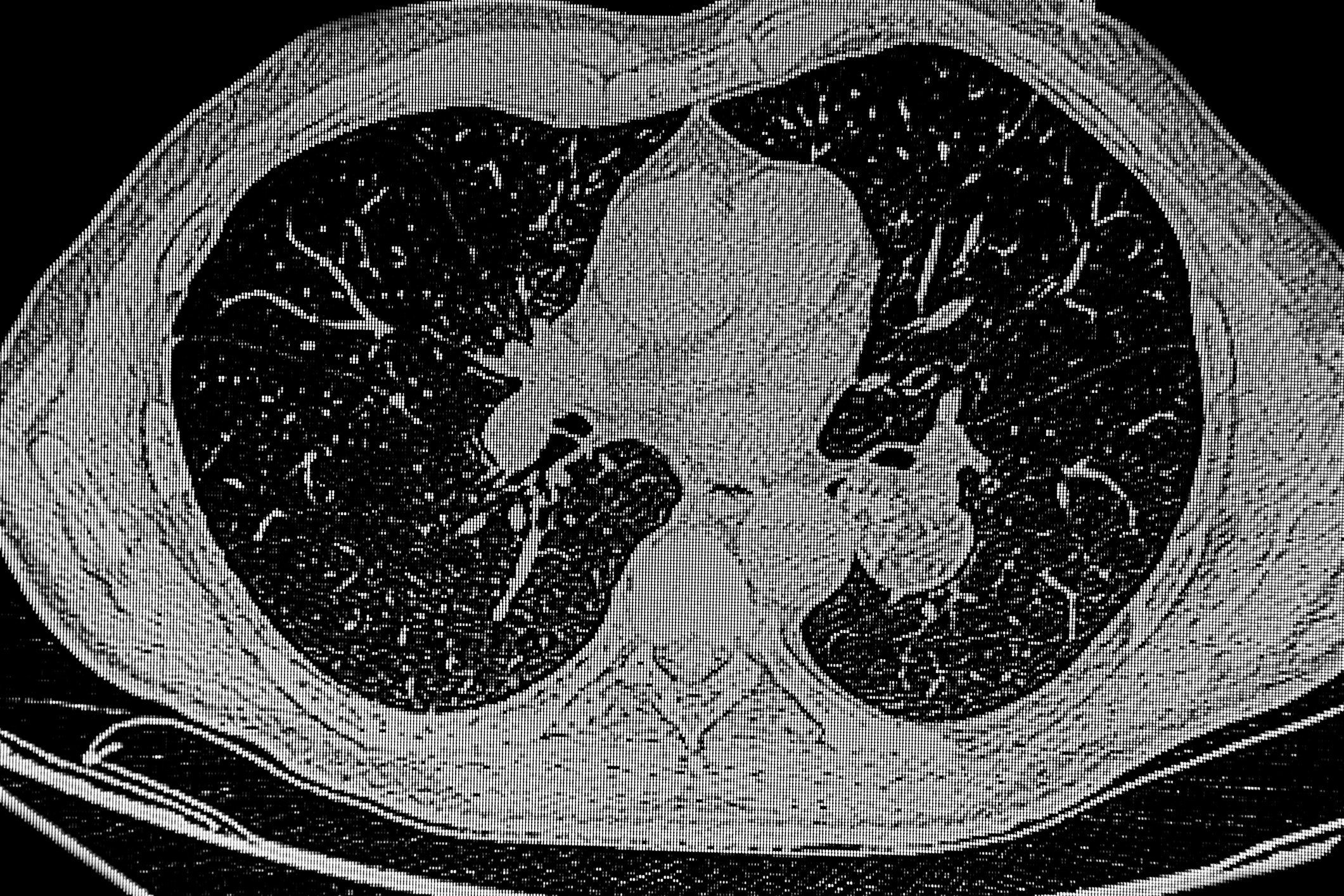Allergic rhinitis (AR) is one of the most common diseases in the world with an incidence of 10% to 40% in the population. Upper respiratory tract disease is manifested by clinical symptoms such as nasal congestion, rhinorrhea, sneezing, and nasal itching. The range of therapeutic options does not seem to be exhausted yet.
Pharmacotherapy of allergic rhinitis includes nasal as well as oral glucocorticoids, antihistamines, leukotriene receptor antagonists, mast cell membrane stabilizers, decongestants, and anticholinergics. Chinese researchers led by Dr. Yifan Meng from the Department of Otolaryngology Head and Neck Surgery, TongRen Hospital, Beijing, took a look at the latest advances and developments in the treatment of AR in their review paper (Table 1) [1]. Progress has been made in a guinea pig allergic asthma model, among others, where inhalation of the arginase inhibitor 2(S)-amino-6-boronohexanoic acid (ABH) was shown to reduce airway hypersensitivity and protect against allergen-induced early and late asthmatic reactions and airway inflammation.

Although no human studies have been conducted, these results suggest that ABH could be used in the future to treat asthma and allergic rhinitis, the authors write. Because L-arginine is a common substrate for both arginase and NO synthase activity, it has been suggested that inhibition of arginase leads to increased metabolism of L-arginine via NO synthase, which may result in an increase in NO synthesis. This is also known to induce bronchodilation as well as inhibit airway inflammation. Similarly, MP29-02, a combined nasal spray of azelastine hydrochloride and fluticasone propionate, was shown to reduce inflammatory mediators and nasal hyperreactivity in AR.
SLIT vs. SCIT
Allergen-specific immunotherapy (AIT) is the only treatment that targets the underlying pathophysiology. Their efficacy has been documented in several randomized controlled trials, meta-analyses, and systemic reviews. However, the prolonged medication time may be a disadvantage of AIT.
Similar to adult patients AIT is also effective in pediatric patients, and there is evidence that AIT prevents progression of AR to asthma. Overall, however, researchers see benefits with AIT thanks to significant reductions in the use of AR and asthma medications and a reduced risk of asthma.
To date, crude allergen extracts, purified or recombinant allergens, and modified allergens such as allergoids, purified peptides, and novel adjuvants have been used in AIT. In this regard, recombinant B-cell epitope-based grass pollen vaccine BM32 and Lolium perenne peptide (LPP) have been shown to be very effective, safe and well tolerated in the treatment of allergic rhinitis. However, Dr. Meng et al. caution. regarding LPP, that the risk-benefit ratio of subcutaneous LPP immunotherapy (SCIT) has yet to be fully evaluated in a large number of AR patients. However, available data indicated that short-term SCIT with LPP may result in better compliance, as well as fewer systemic reactions and skin reactions in the late phase due to less cross-linking with high-affinity IgE receptors compared to standard SCIT using conventional allergen extracts.
Various approaches to allergen administration in AIT have been tested, including traditional approaches to SCIT and sublingual immunotherapy (SLIT), as well as novel approaches such as intradermal, epicutaneous, intralymphatic, or intranasal applications. With intra-lymphatic immunotherapy, it seems possible to complete the entire treatment within 2 months, whereas SLIT and SCIT usually require treatment periods of about 3 years.
While it has been shown that persistence and adherence to AIT medications are similar for SLIT and SCIT, SLIT is met with willingness to initiate therapy in more patients due to the lower risks of anaphylaxis and serious adverse events, as well as the ease of administration. Although patients on SLIT are more likely to discontinue in the first year than SCIT patients (possibly due to adverse oral effects), the number of individuals who continue treatment into the third year is greater under SLIT.
Hope for cat allergy sufferers
Currently, there are several type 2 targeting biologics such as omalizumab, mepolizumab, reslizumab, benralizumab, and dupilumab, of which omalizumab and dupilumab are the most recently launched. A phase 2b study has shown that dupilumab 300 mg every 2 weeks as adjunctive therapy to moderate- to high-dose inhaled corticosteroids (ICS) + long-acting β2-agonists (LABA) can relieve nasal symptoms in patients with uncontrolled persistent asthma and comorbid perennial allergic rhinitis (PAR). In another work, the addition of dupilumab to INCS also reduced disease severity and improved quality of life in adults with chronic rhinosinusitis with nasal polyps (CRSwNP).
Studies on the effects of omalizumab have shown that although intranasal administration of omalizumab did not increase allergen-specific or total IgE levels, subcutaneous administration caused a significant increase in total IgE and IgE-malizumab complex.
Furthermore, Fel d 1, a major feline allergen that triggers asthma and rhinitis, was shown to be neutralized by the addition of anti-Fel d 1 IgY to cat food, reducing active Fel d 1 in cat saliva and degrading hair and dander. The result is a reduction of symptoms in cat-sensitized individuals. Adding anti-Fel d 1 IgY to cat food can reduce Fel d 1 production, allowing AR patients not only to keep cats but also to control the frequency and severity of symptoms without medication, the authors conclude.
Literature:
- Meng Y, et al: Advances and novel developments in allergic rhinitis. Allergy 2020; 75: 3069-3076; doi: 10.1111/all.14586.
InFo PNEUMOLOGY & ALLERGOLOGY 2021; 3(2): 30-31.











